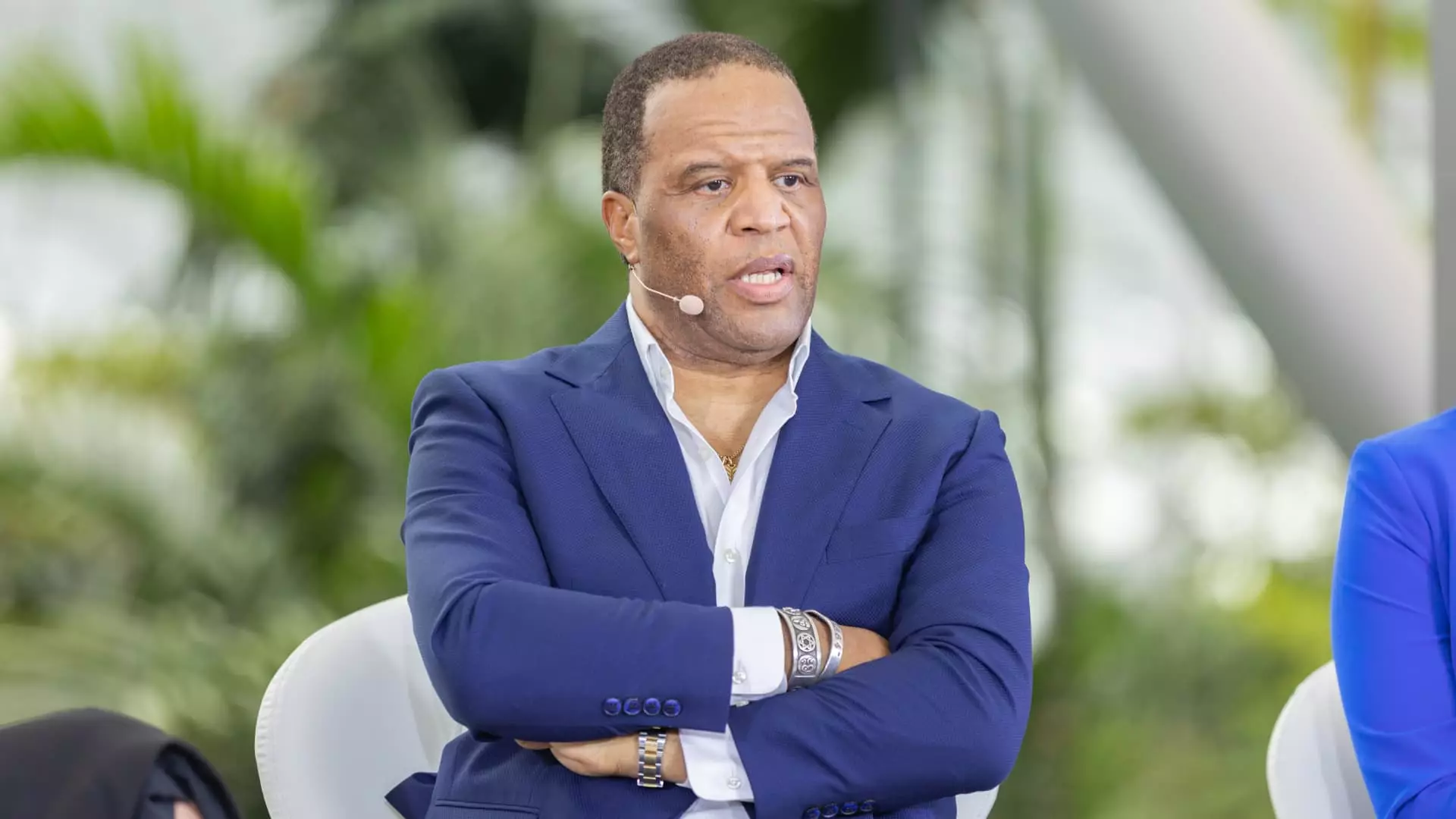As society stands on the precipice of an unprecedented technological revolution, the hollow promise of convenience brought by artificial intelligence (AI) is deceptively akin to a gilded cage. John Hope Bryant, a passionate advocate and CEO of Operation HOPE, punctuates the urgent need for awareness surrounding the adverse impacts of AI on socioeconomic strata, particularly those already at the edge of the economic abyss. In a recent discussion at CONVERGE LIVE in Singapore, he articulated the alarming notion that millions of jobs, particularly in sectors reliant on manual labor, are vanishing faster than policymakers and workers can adjust. This plea for urgency goes beyond mere statistics; it challenges us to reevaluate the very framework of our economic systems.
The sobering reality is that, while the landscape of employment shifts beneath our feet, individuals with limited qualifications and sparse professional networks – emblematic of “the bottom of the pyramid” – will bear the brunt of this seismic shift. The conclusion is stark: without a robust, systemic investment in education and any form of career training, these individuals risk being left behind, potentially forever. The fear is palpable when we consider Bryant’s warning that by 2030, those without practical knowledge and skills tailored to an AI-driven marketplace may find themselves wholly irrelevant.
From Manual Labor to Obsolescence: The Immediate Threat
Bryant’s comparisons to the transformative change from horse-drawn carriages to automobiles encapsulate the disruptive potential of AI commandeering everyday jobs. The historical analogy serves as an unnerving reminder that societal evolution often neglects those ensnared in its wake. Without addressing the welfare of its most vulnerable citizens, the promise of AI could easily give way to increased inequality and widespread economic disenfranchisement.
As familiar roles in grocery stores and convenience outlets become relics of the past, Bryant’s call for greater investment in skills training becomes visionarily critical. The gap between technological advancement and human readiness is widening, manifesting a chasm that may well lead to societal upheaval. We stand at a crossroads, where failure to act is not simply negligence but a veritable recipe for disaster.
Economic Growth Through Inclusivity
Amidst the cataclysmic challenges posed by AI, Bryant’s perspective on economic growth offers a beacon of hope. His assertion that deploying resources toward training those at the lower end of the income spectrum might yield a substantial increase in GDP speaks to a transformative, rather than reductive, economic strategy. This novel approach supports a broadening of opportunity by encouraging businesses to embrace apprenticeship models and incentivized work programs through tax policy.
The implications are profound; by equipping a burgeoning workforce with skills related to data analysis, programming, and other AI-centric competencies, companies position themselves not merely to fill roles but to thrive in an evolving marketplace. This strategy stands in stark contrast to age-old paradigms that endorse austerity as a means of addressing debt—an approach that historically yields stagnation rather than growth.
Wealth Disparities: An Unsustainable Future
Bryant’s unflinching focus on wealth inequality underscores a critical narrative often obfuscated by traditional economic rhetoric. As money accelerates toward consolidation among a select few, labor—the backbone of the economy—is rendered less valuable in this algorithm-driven ecosystem. As he sharply points out, the narrative that money begets more money far outweighs the potential of labor in creating wealth. This fundamental misconception underpins the widening class divides that have seen the working and middle classes struggle to ascend the socioeconomic ladder.
Moreover, as the majority of economic growth is funneled towards an elite fraction, stark social divisions threaten social cohesion, leading to dissatisfaction and anger among the masses who remain excluded from prosperity. The warning signs of societal dysfunction loom large, demanding that we acknowledge the asymmetries before they escalate into chaotic manifestations.
The Moral Imperative for Change
In Bryant’s eloquent entreaty for systemic investment in human capital, we find a moral imperative for change, undergirded by the necessity to cultivate an inclusive future. The risk of societal fracture is palpable; without proactive measures, we might find ourselves in a milieu marked not only by economic turbulence but also social unrest.
As we grapple with the relentless march of advancement, it becomes unequivocally clear: the future rests not merely on the shoulders of the elite but also on the foundations laid for those at the bottom of society. In choosing the path of inclusivity and skill empowerment, perhaps we can forge a society that values contributions across the spectrum, enriching not just the economy but the very fabric of human dignity itself.


Leave a Reply